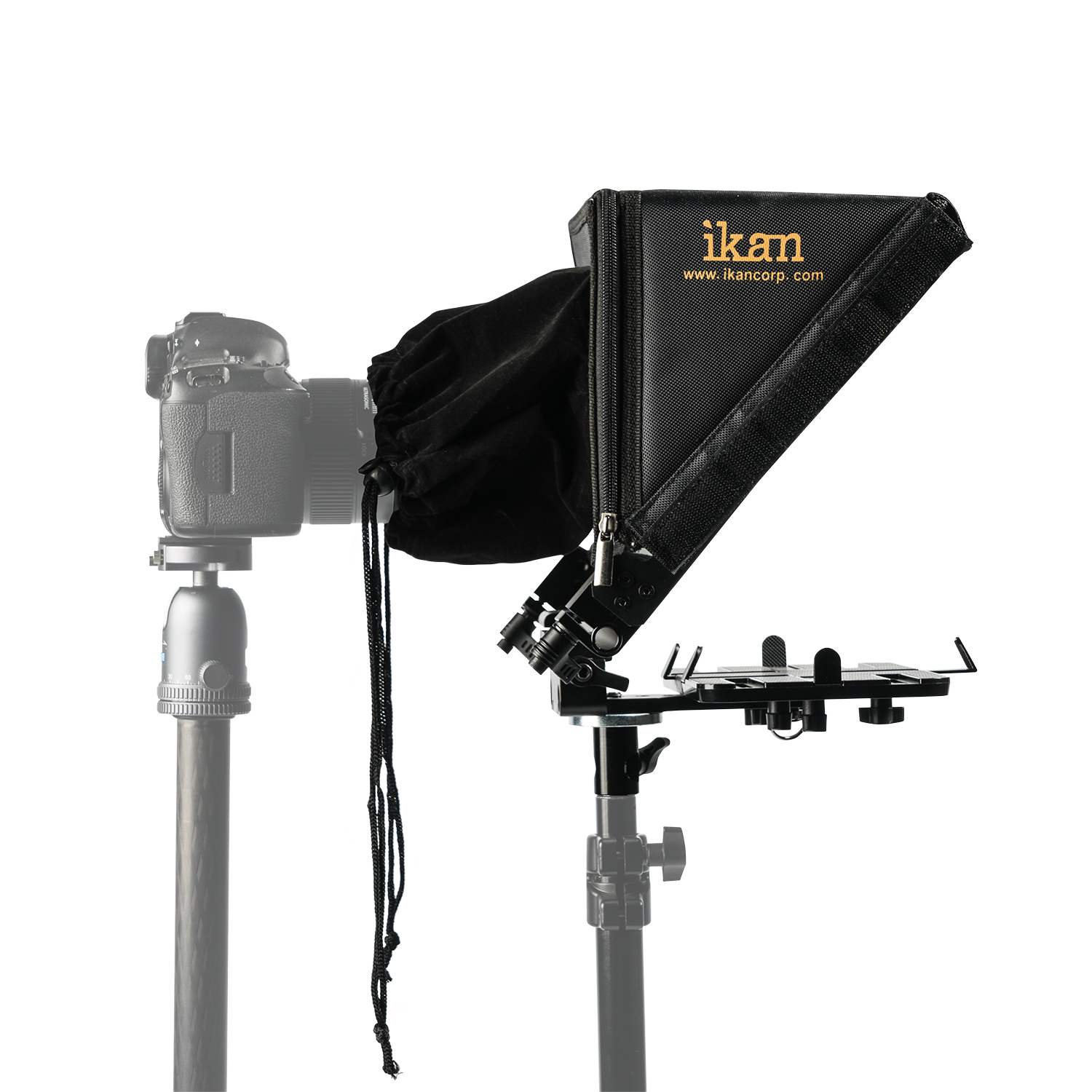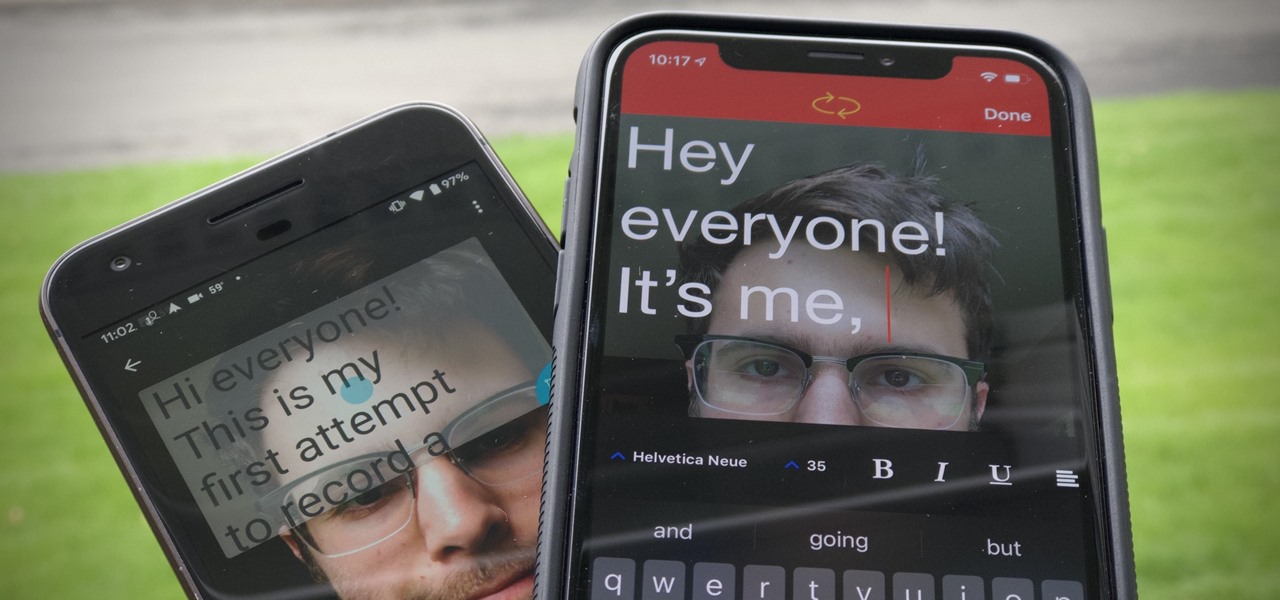
Despite standing in almost pitch darkness, I could make out people in the room and the edges of the bed, and I could even read the stop sign with ease.

This one had an image sensor connected to it. I was handed a stick with a prototype Mojo Lens and held it close to my eye. To show off the capabilities of helping people with low vision, the team threw me into a dark hotel room filled with stop signs and various other items.

The team calculated the lumens projection on the retina and found that everything is "way under the regulation," in terms of safety standards. The lens will sit right on the cornea, and Ashley Tuan, vice president of medical devices at Mojo Vision, tells me it will be just like wearing normal contacts. Alerts and notifications will also pop up sparingly, though I expect there'd be a way to control all of that down the road. To pull up the interface you need to look at the corner of your eye-something that's noticeable when someone is staring at you straight on, but it's far more invisible than taking out your phone, or checking your watch. To those around you, it can be obvious when you're using the contact lens. Or if you're filming a video, you may not need to shoot multiple takes because the script is in the dead center of your eye. Imagine sitting in a taped interview but, instead of looking at notes, you can pull up your next question with a flick of your eye without having to look down.

This app alone opens up a myriad of possibilities. Using only my eyes, I opened a prewritten speech, scrolled through it, and read it aloud.


 0 kommentar(er)
0 kommentar(er)
